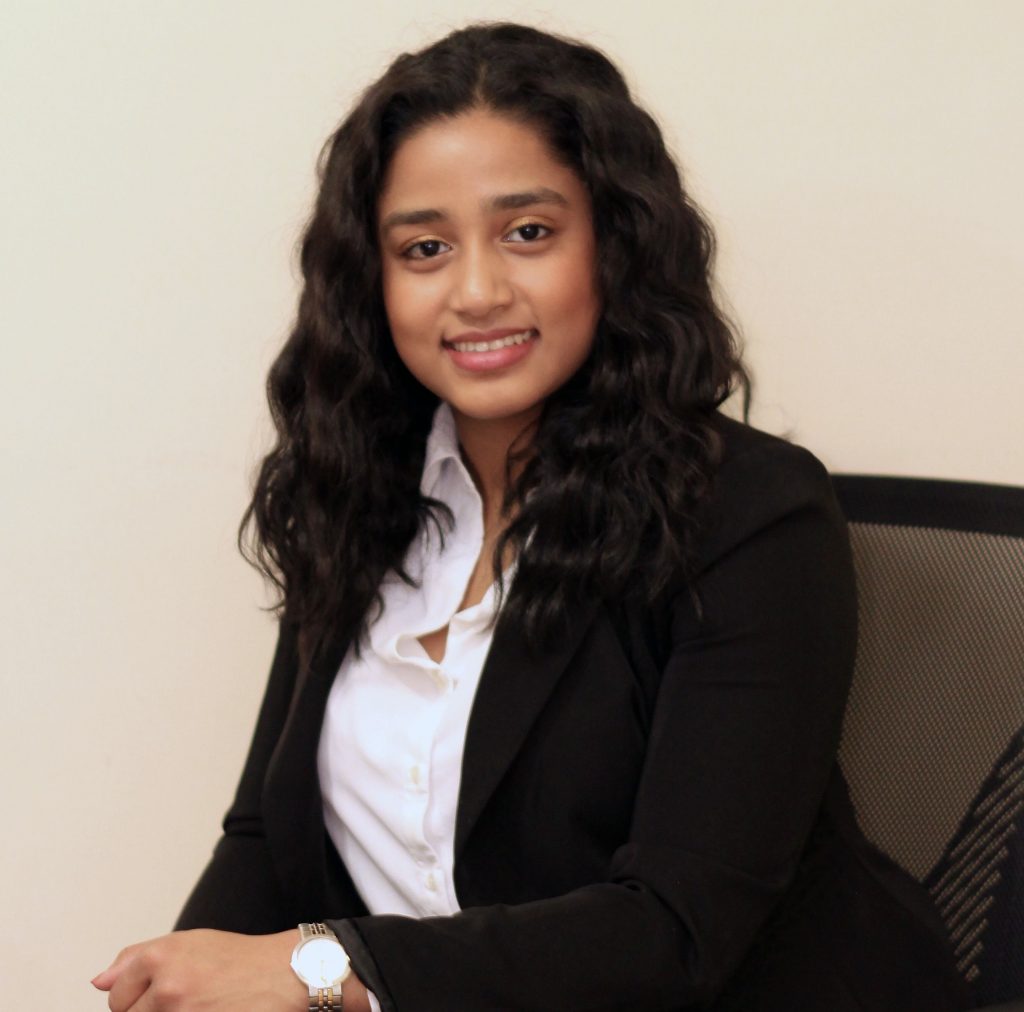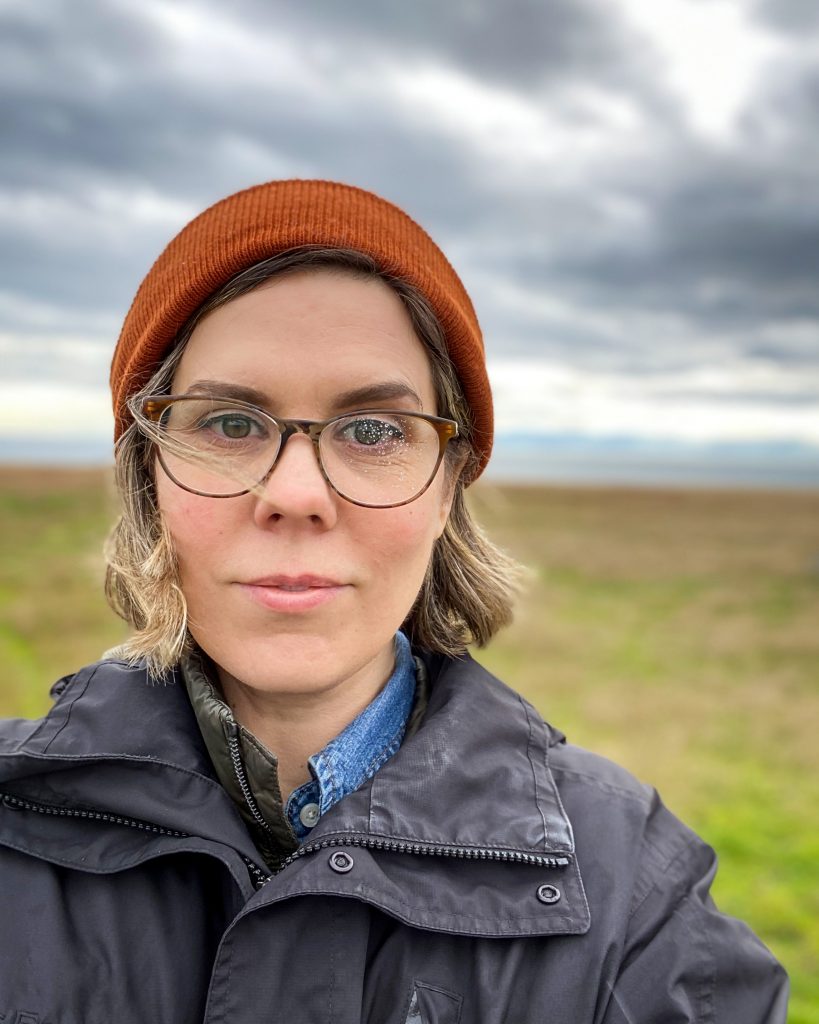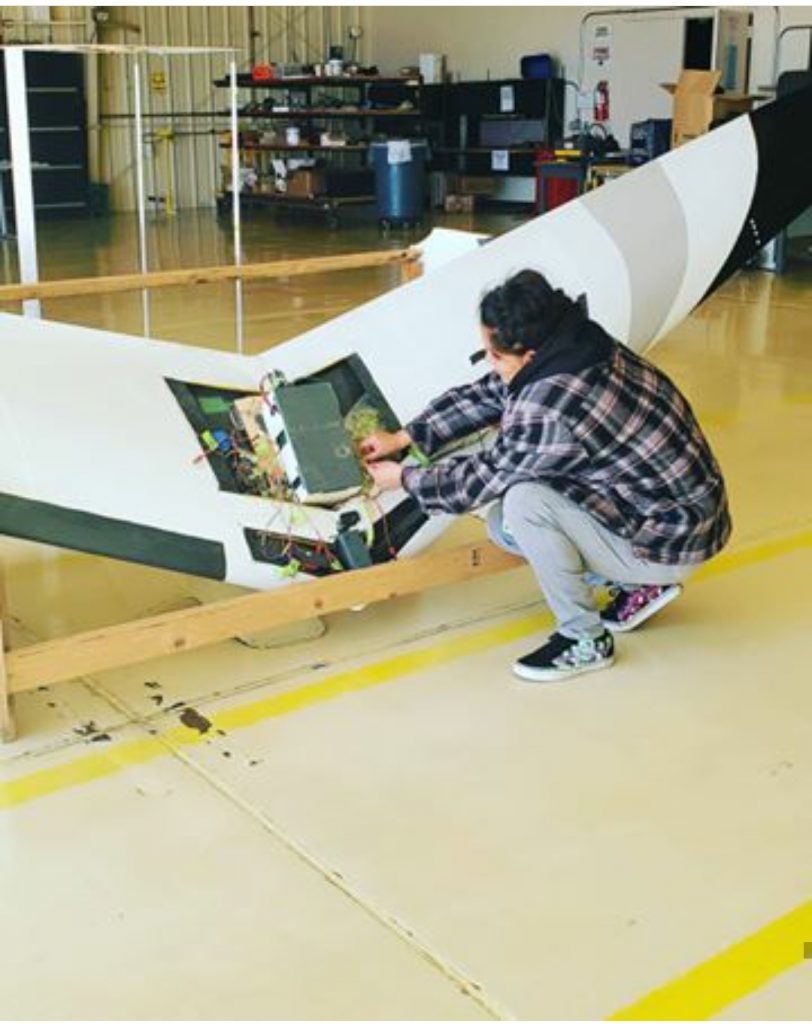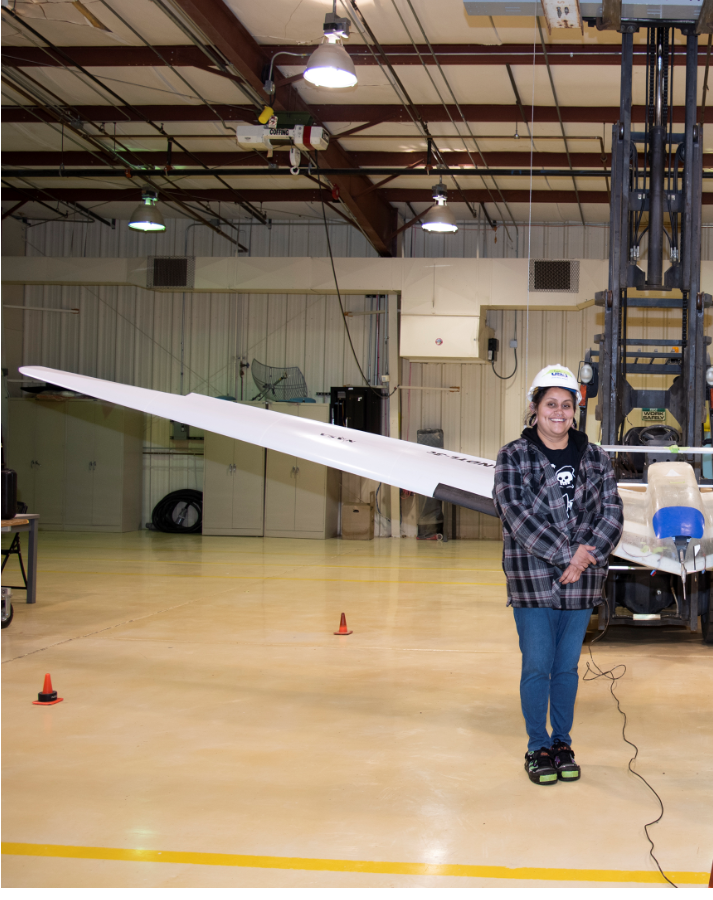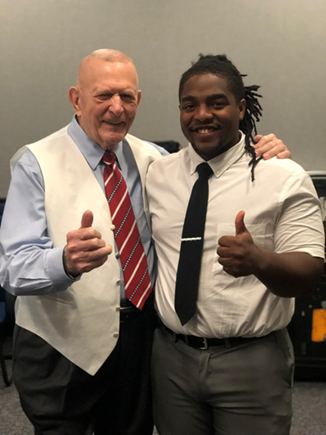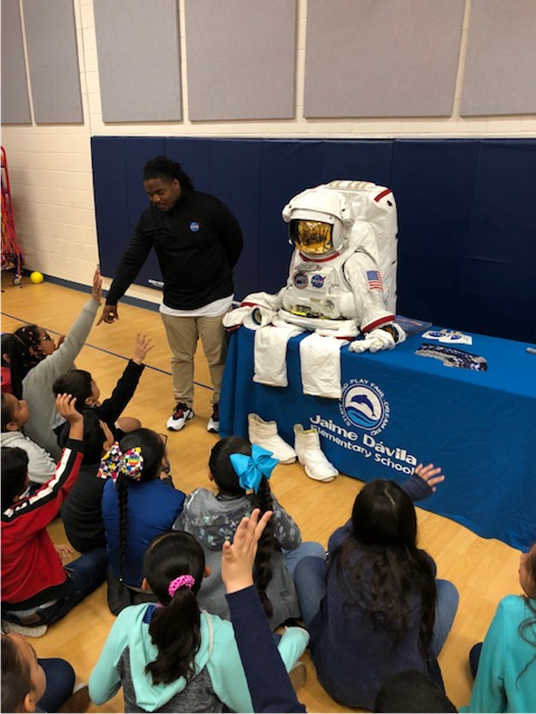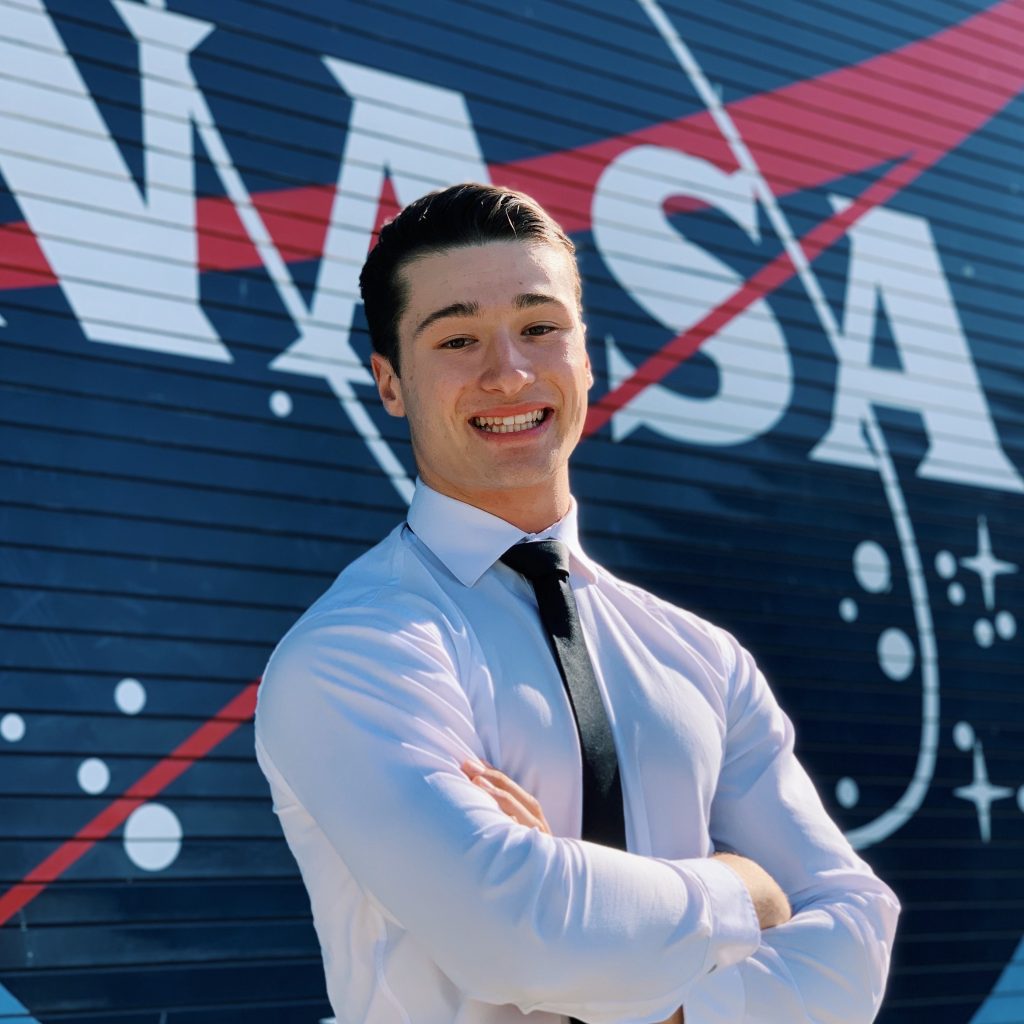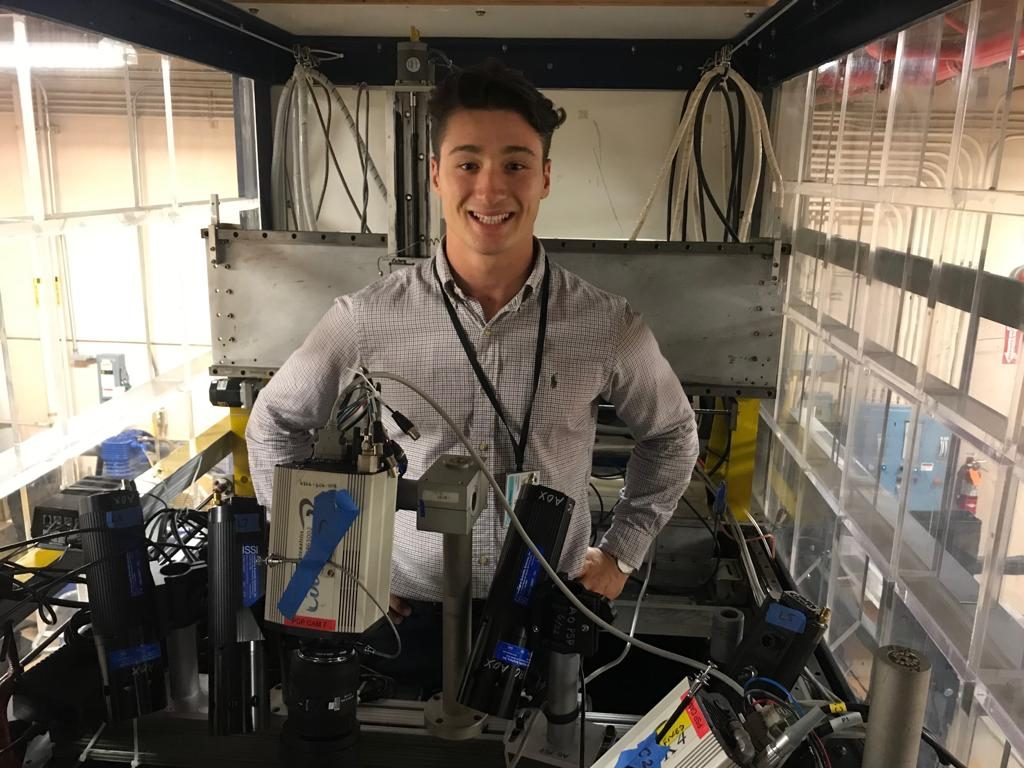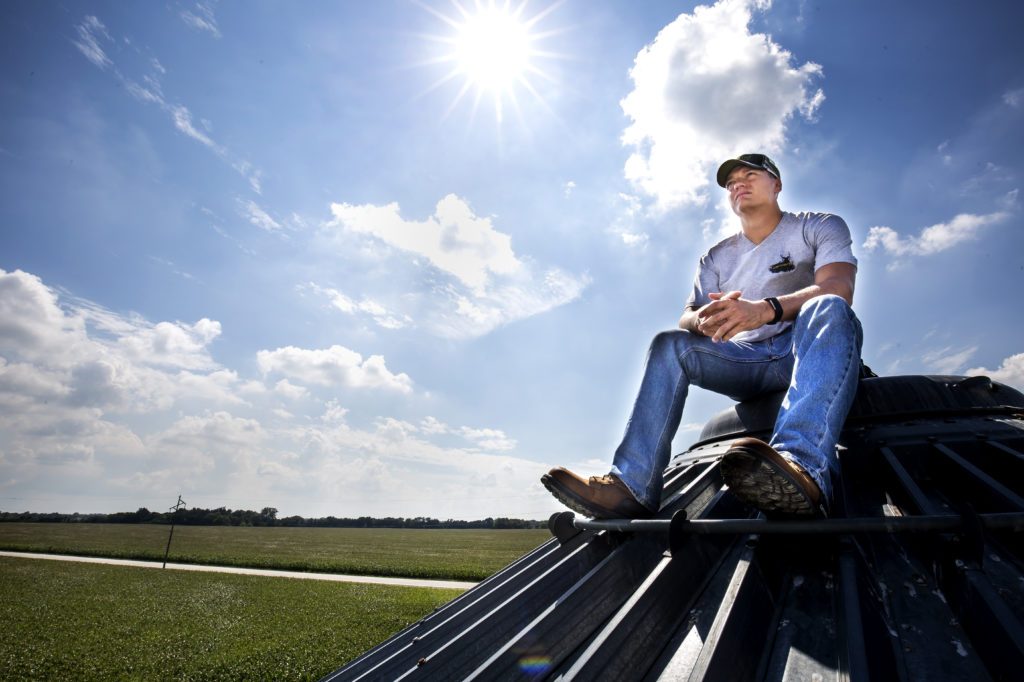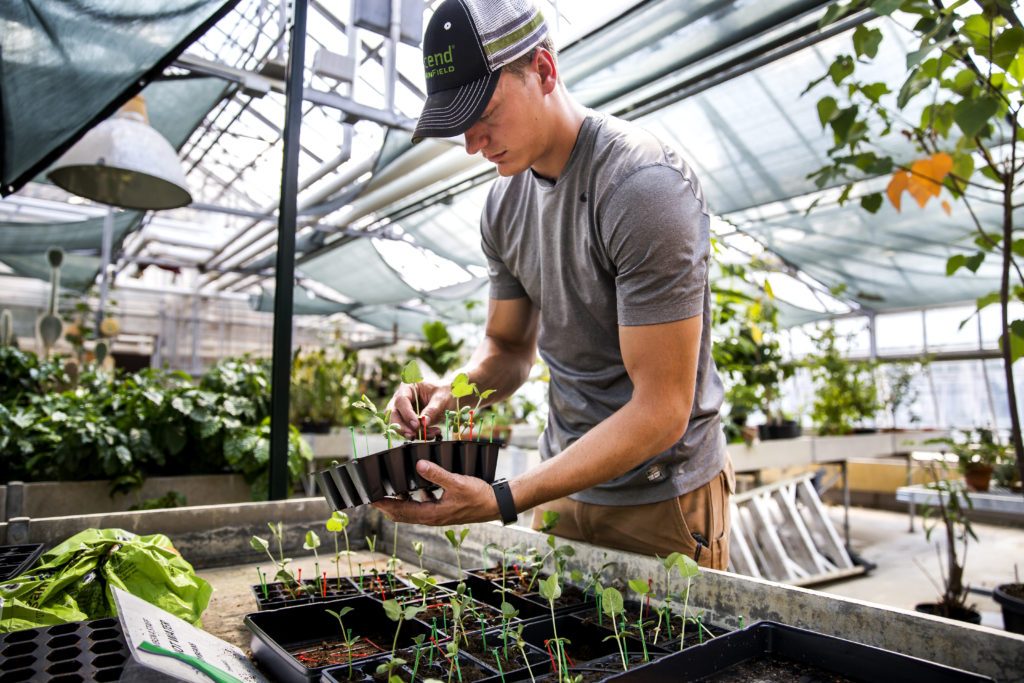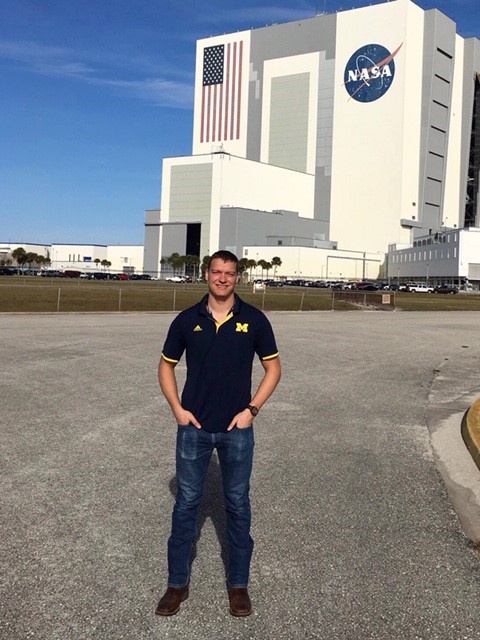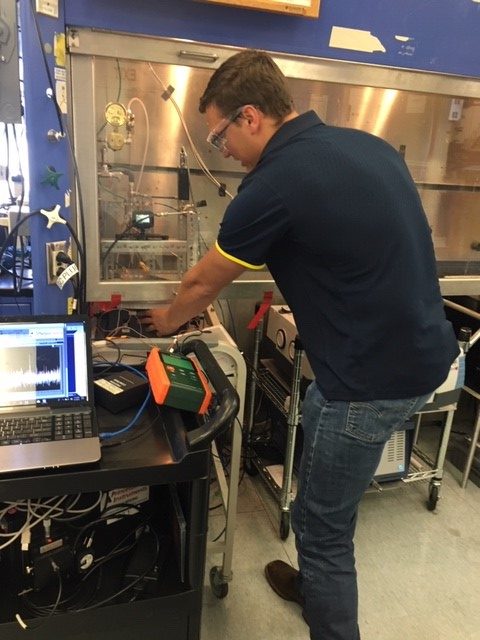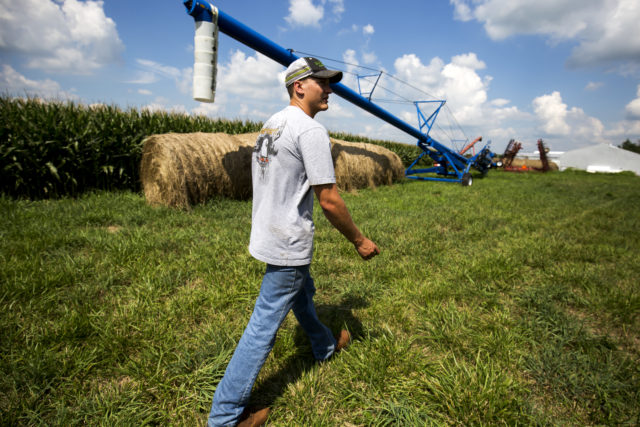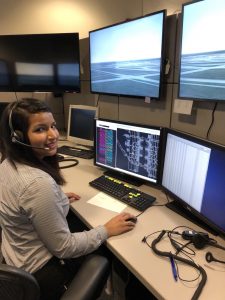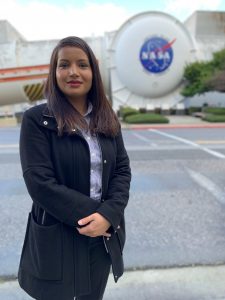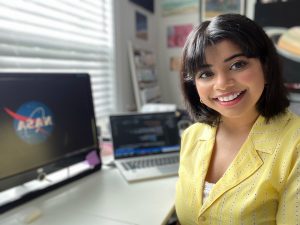
From self-driving cars to digital assistants, the future of technology development lies in the role that artificial intelligence (AI) will play to bridge the gap between human and machine. In a specialized area of this growing field, NASA currently is developing cutting-edge cognitive communications tools to utilize AI in space.
Cognitive communications research advances communication capabilities for missions by increasing the autonomy of links, networks, and service scheduling. A cognitive spacecraft can adapt to changing conditions by producing reasonable outcomes in scenarios that extend beyond the pre-programmed knowledge of its original inception.
The development of autonomous spacecraft is essential for NASA as the agency explores deeper areas of the universe than ever before. A cognitive spacecraft learns from previous data collected over time, in turn keeping up with NASA’s technological advancements, to transition toward a decentralized cognitive space communications system. As the system learns from itself with autonomous technologies, the spacecraft or engine can make advancements within itself based on what it learned without human intervention on the ground.
Shilpa Kancharla, a 2021 Space Communications and Navigation (SCaN) intern at NASA’s Glenn Research Center in Cleveland, spent her summer working with mentors Dr. Charles Doxley and Dr. Rachel Dudukovich, engineers on the Cognitive Communications project, to create tutorials for the utilization of communications data in various AI systems.
The SCaN Intern Project (SIP) is a ten-week-long internship hosted by Glenn , NASA’s Goddard Space Flight Center in Greenbelt, Maryland, and NASA Headquarters in Washington, D.C. SIP allows students to gain hands-on experience working with interdisciplinary mentors on real NASA missions in specialized areas of space communications and navigation.
Kancharla, a master’s student at North Carolina State University, spent the summer analyzing various programming tools, specifically tools such as Nengo and Amazon SageMaker, to determine how to add the maximum amount of value to NASA’s existing AI architecture for space communications missions. The first tool Kancharla analyzed was Nengo, a tool that allows for neural network simulation on larger scales.
“Nengo is a Python package that contains functions and other code that help mimic the brain structure for higher processing tasks, like recognition and perception,” Shilpa said. “It’s a step up from other Python packages that are related to AI.”
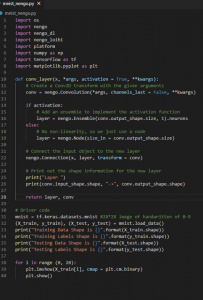
This area of AI, or Cognitive, technology aims to mitigate the increasing communication complexity for mission users. By increasing the effectiveness of cognitive communications technology, NASA could create communications CubeSats with the ability to overcome obstacles, respond to and learn from their environments, and achieve beneficial goals to the completion of their primary missions with minimal to no human interaction, a large step from the existing navigations infrastructure.
The guide Shilpa worked on will instruct users in handling the Nengo programming tool, demonstrate how to create new sections of code, explain what each interface does, and review document variables—all while highlighting the largest benefits Nengo offers as an AI interface.
Shilpa analyzed the effectiveness of a second Python tool, SageMaker, as well.
“SageMaker allows you to develop, train, and deploy machine learning models with data you have in the cloud,” said Shilpa. “It’s not local to your computer; anyone who has access to it with the right credentials can see your work model.”
Python was Shilpa’s programming language of choice because it is the best language for AI and machine learning. The AI-related programming tools that Shilpa investigated will contribute to real NASA missions.
“I hope to compare the Python code that I write independently on my computer for a task to how SageMaker can automate it [for NASA],” Shilpa said. “We basically assess the accuracy of our [AI] model between the code I write and the accuracy that SageMaker obtains.”
Shilpa received an offer to return to NASA GRC SIP for a fall internship and will continue her project work virtually while earning her master’s degree in computer science at North Carolina State University.
Learn more about the NASA SCaN Internship Project here. Read more about NASA’s Cognitive Communication’s project here.
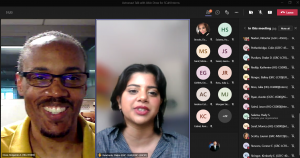
By Bronson Christian





